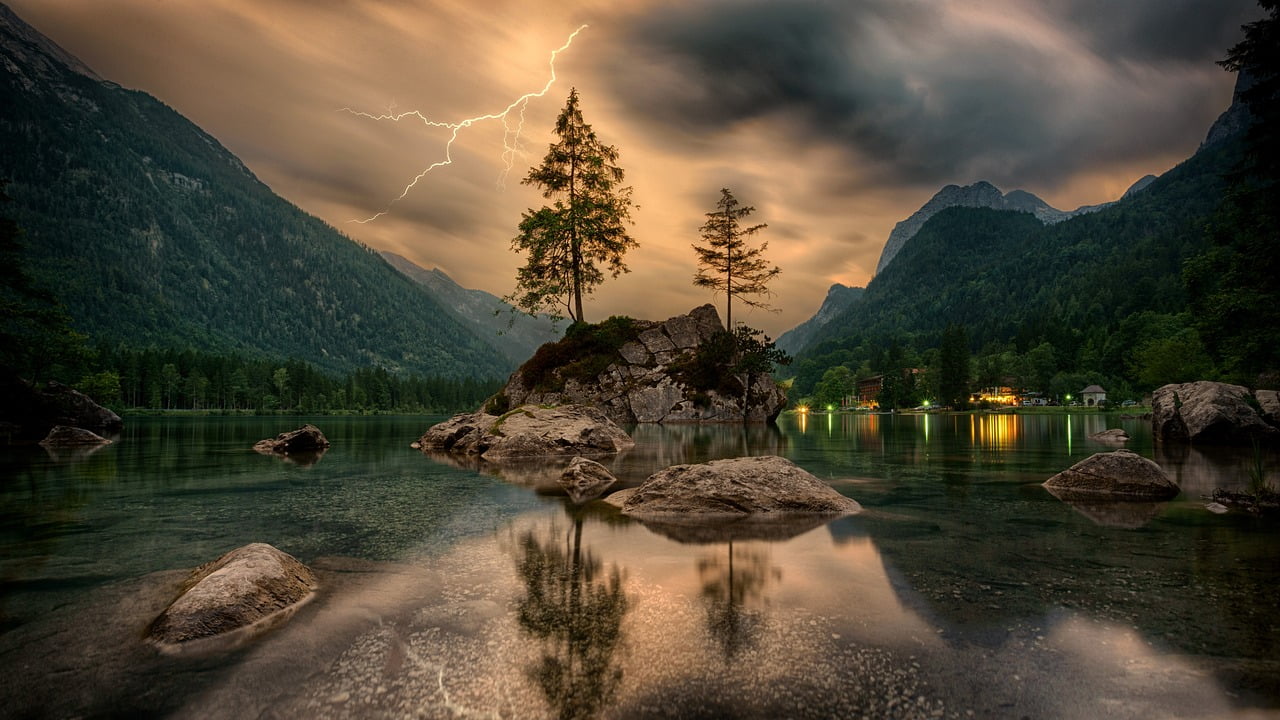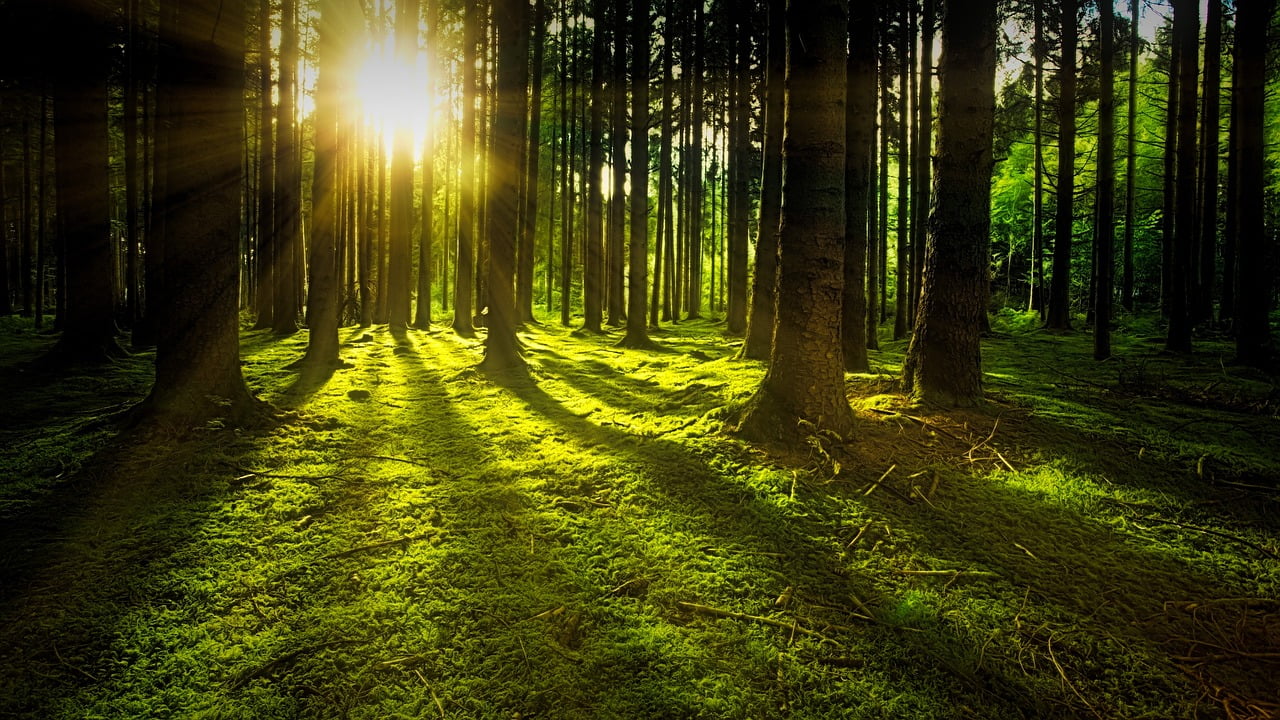The Resilience (लचीलापन) of Nature: Amidst catastophy (दुर्घटना)Events
The Resilience of Nature can be tested when the world may face its end, yet the sun will continue to shine, the stars will twinkle in the night sky, and the moon will wax and wane. Amidst this cosmic continuity, many resilient creatures, particularly insects and vermin, may endure, having survived even cataclysmic events like the great dying. However, it’s unlikely that the iridescent corals and certainly not humanity will persist in such an eventuality.
The Endurance (धैर्य) of Insects and Vermin
When we think of cataclysmic events, we often envision the destruction of entire ecosystems and the extinction of numerous species. However, history has shown us that some organisms have an incredible ability to adapt and survive even in the face of such challenges.
Insects and vermin, often considered pests by humans, have proven to be remarkably resilient. Their ability to reproduce quickly, adapt to various environments, and withstand harsh conditions has allowed them to outlast many other species throughout Earth’s history.
Take, for example, the great dying, also known as the Permian-Triassic extinction event, which occurred approximately 252 million years ago. This event wiped out an estimated 96% of all marine species and 70% of terrestrial vertebrate species. However, certain insects and vermin managed to survive, paving the way for the evolution of new life forms.
These creatures, often overlooked and underestimated, possess unique characteristics that enable their survival. Their small size allows them to find refuge in crevices and underground burrows, shielding them from the harshest elements. Their ability to consume a wide range of organic matter ensures their access to food sources, even in times of scarcity.
The Unlikely Survival of Iridescent (इंद्रधनुषी)Corals and Humanity (इंसानियत)
While insects and vermin may possess the resilience to endure cataclysmic events, other organisms, such as iridescent corals, face a bleaker future. Corals, with their delicate structures and symbiotic relationships with algae, are highly vulnerable to environmental changes.
Corals rely on specific conditions, such as warm water temperatures and clear waters, to thrive. However, factors like ocean acidification, pollution, and rising sea temperatures pose significant threats to their survival. As these stressors intensify, coral reefs around the world are experiencing mass bleaching events and widespread die-offs.
Similarly, humanity’s chances of persisting through such cataclysmic events are slim. While our species has shown remarkable resilience and adaptability throughout history, the scale and magnitude of potential global catastrophes could prove insurmountable.
As a species, we have made significant advancements in technology, medicine, and societal structures. However, our reliance on complex systems and our impact on the environment may ultimately be our downfall. The interconnectedness of our global society leaves us vulnerable to disruptions in supply chains, energy sources, and ecological balance.
The Cosmic (भ्रमांड)Continuity and the Future
Despite the uncertain fate of iridescent corals and humanity, the cosmic continuity of the universe will persist. The sun will continue to shine, the stars will twinkle in the night sky, and the moon will wax and wane.
While cataclysmic events may reshape the Earth and its inhabitants, life, in some form, will likely endure. Insects and vermin, with their remarkable resilience, may once again rise to prominence, adapting to the new conditions and filling ecological niches left vacant by other species.
However, it is essential to recognize the delicate balance of our planet’s ecosystems and the importance of preserving biodiversity. By understanding and appreciating the resilience of nature’s creatures, we can strive to protect and conserve the fragile web of life that sustains us all.
As we navigate an uncertain future, it is crucial to remember that our actions today have the power to shape the destiny of countless species. By embracing sustainability, reducing our ecological footprint, and advocating for conservation efforts, we can work towards a future where both humanity and the natural world can coexist and thrive.
Thank you for reading this post, don't forget to subscribe!

